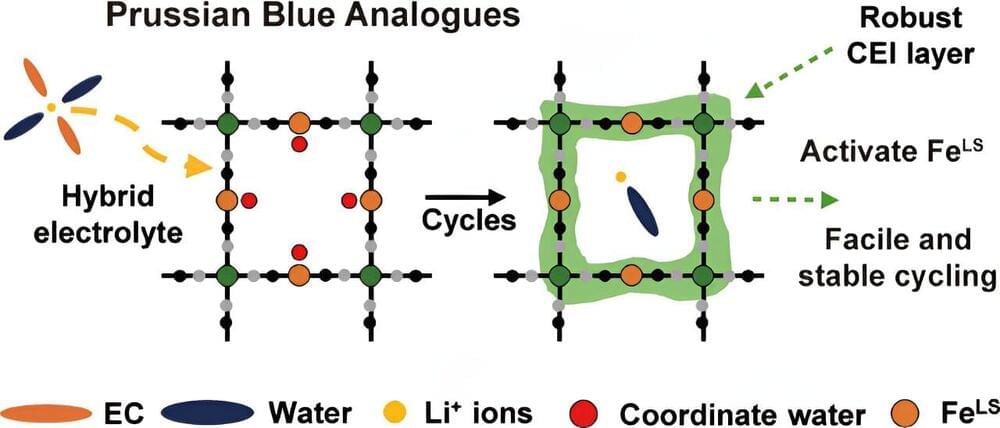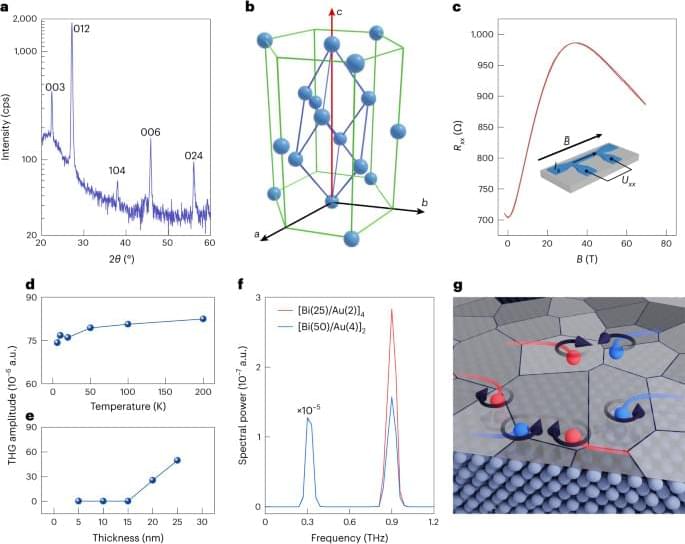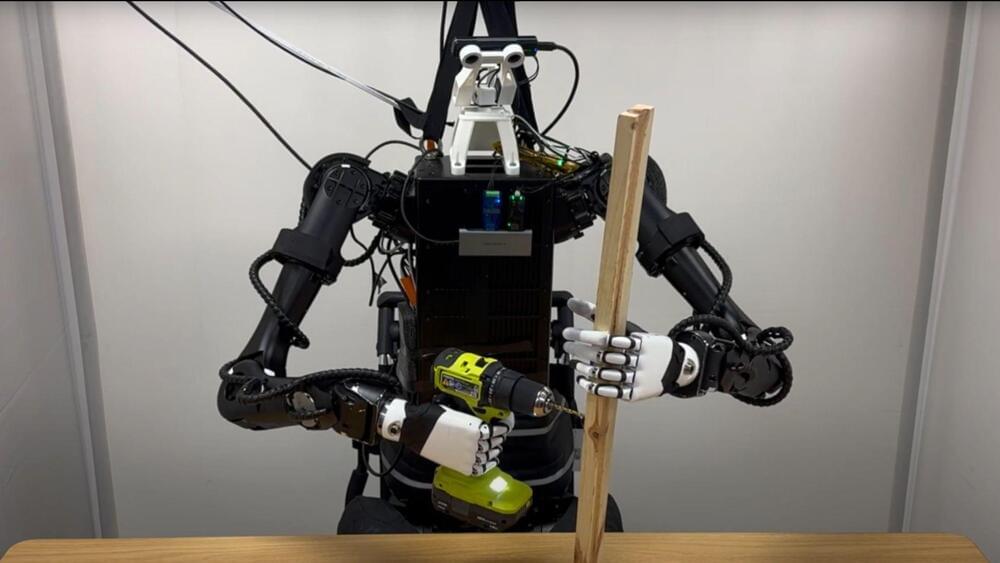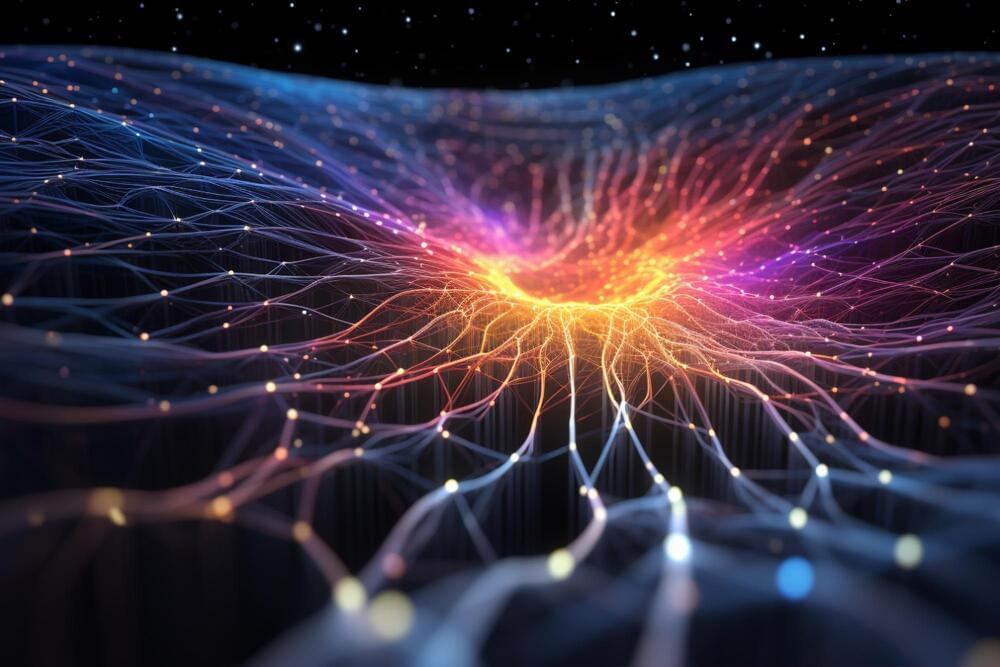Jul 15, 2024
Prussian blue analogs unlock affordable, long-lasting lithium-ion batteries
Posted by Saúl Morales Rodriguéz in categories: chemistry, engineering
Prussian blue (PB), a well-known pigment used to dye jeans, has been recognized as an emerging material for next-generation batteries. A team of researchers, led by Professor Hyun-Wook Lee in the School of Energy and Chemical Engineering at UNIST has made a significant breakthrough in the development of low-cost, high-performance lithium-ion batteries (LIBs) using PB, leading to significantly reduced battery prices.


















